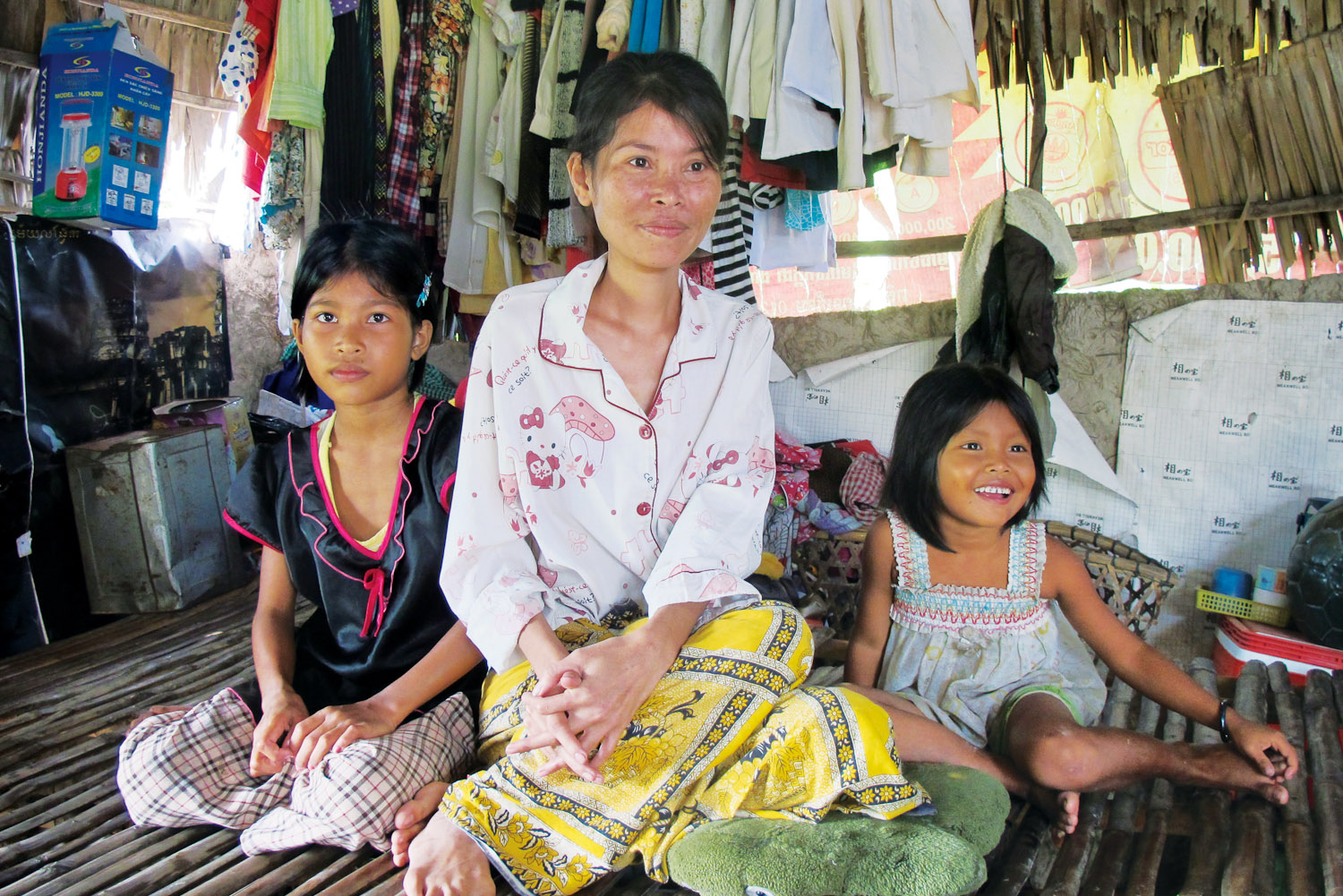Why we need to stop orphanage tourism


UNICEF's Keeping Families Together program is helping Cambodian children stay at home and out of orphanages funded by tourism.
While many well-meaning travellers visit orphanages with intentions to help, they’re often unknowingly contributing to a business that values making a dollar over children’s welfare. Alissa Jenkins looks inside orphanage tourism and asks how we can really have a positive impact.
Visiting an orphanage in a developing country can be a wonderfully altruistic experience on the surface.
Meeting the children, understanding their background and donating money to help secure their future seems all well and good; but it’s not always the reality.
Donna Lawrence, responsible travel manager of World Expeditions says “a legitimate orphanage would not allow tourists and unqualified volunteers to access their children. They’d employ local qualified people to care for already vulnerable orphans.”
And rightly so. If bus-loads of complete strangers were moving through Australian childcare centres and freely interacting with children, the public would be quick to raise safety concerns.
Unfortunately though, that’s what orphanage tourism can look like in developing countries: adults with open, unchecked access to children in institutionalised care, risking emotional, physical and sexual abuse.
Even more disturbing is that exploitative entrepreneurs have noted the increased demand for travellers to meet with the children they hope to help, setting up environments that cater to this travel trend.
As Kate Moore, spokesperson of UNICEF Australia explains, 77 per cent of children in Cambodian orphanages have living parents who simply can’t afford to feed and educate their children.
“Traffickers present themselves to parents as boarding school representatives, with the promise of better educational opportunities, improved living conditions and pathways to honest employment. The truth is children can be forced into sex work, domestic or other labour, and even trafficked out of their home country.”
In fact, research by UNICEF Cambodia indicates that while orphan numbers in Cambodia are at the lowest they’ve been in decades, the number of orphanages have grown by 76 per cent in the past five years, predominantly in tourist areas.
Even well-intentioned orphanages often have to find creative ways to make money, from forcing children to perform for tourists, or in some cases deliberately neglecting them to attract financial donations.
So just how do you help the children in these situations?
There’s a right way and a wrong way to contribute, to ensure your donations benefit the right people.
The right way to engage with orphanages
1. As a tourist, do not visit orphanages.
Legitimate orphanages that value child welfare above tourist dollars will not allow travellers to access children. Only fully qualified professionals should be allowed access.
2. Do not donate directly to orphanages.
With no regulations, you can’t guarantee where your money is going and how it will be used.
3. Direct your support to trusted organisations that are working with families and communities, but do your homework.
For instance UNICEF Cambodia’s Australian-funded Keeping Families Together program aims to stop the unnecessary separation of children from their families.
4. Before working as a volunteer, research the organisation to ensure they have protective standards.
Ensure the company you choose is part of the ChildSafe network, which you can check at thinkchildsafe.org.
This network trains operators to detect child exploitation and abuse, and provides travellers with tips on how to be a ‘Child Safe’ volunteer, such as not offering to volunteer for a short period of time or without prior experience and training.
5. Spread the word about the dangers of orphanage tourism.
The more travellers who fully understand the situation, the less children will be exploited in the future.







Sound like an ad for unicef